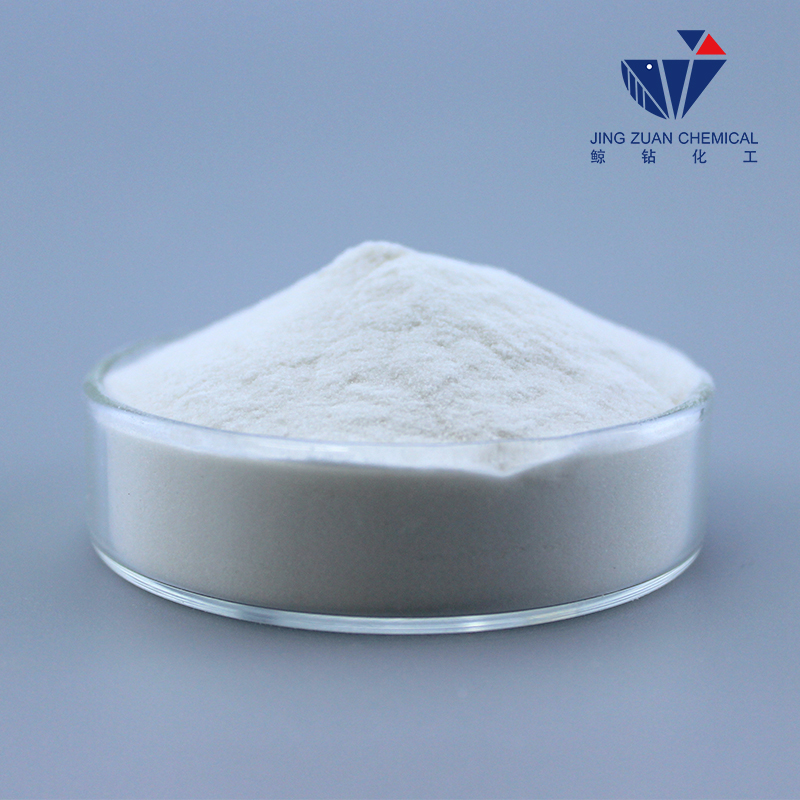
des . 12, 2024 20:56 Back to list
chemical structure of hpmc
Understanding the Chemical Structure of HPMC A Comprehensive Overview
Hydroxypropyl Methylcellulose (HPMC) is a widely used polymer in various industries, notably in pharmaceuticals, food, cosmetics, and construction. Its unique properties stem from its chemical structure, which influences its solubility, viscosity, and film-forming abilities. To appreciate HPMC fully, it is essential to delve into its chemical structure, properties, synthesis, and applications.
Chemical Structure of HPMC
HPMC is derived from cellulose, the most abundant organic polymer on Earth, through a chemical modification process. Cellulose itself is a linear polysaccharide consisting of repeated units of anhydroglucose. The degree of polymerization in cellulose can vary, leading to different chain lengths and properties.
In HPMC, hydroxypropyl and methyl groups are introduced into the cellulose structure. The methyl groups (-OCH₃) are added to the hydroxyl groups on the cellulose backbone, while hydroxypropyl groups (-OCH(CH₃)₂) replace some of the hydroxyl groups. This substitution results in a three-dimensional network of polymer chains, which significantly influences the physical and chemical properties of HPMC. The degree of substitution, meaning the average number of hydroxyl groups replaced by methyl and hydroxypropyl groups, can vary, leading to different grades of HPMC with varying solubility and viscosity profiles.
The general formula for HPMC can be expressed as C₆H₁₀O₅(OC₃H₇O)ₙ(COCH₃)ₙ, where 'n' represents the degree of polymerization and substitution. The presence of the hydroxypropyl groups enhances the solubility in water and organic solvents, whereas the methyl groups contribute to the hydrophobic character of the polymer. This combination of hydrophilic and hydrophobic characteristics is what makes HPMC incredibly versatile for a myriad of applications.
Properties Influenced by Chemical Structure
The chemical structure of HPMC directly influences its physical properties. One of the most significant properties is its ability to form viscous solutions when dissolved in water. The viscosity of HPMC solutions can be manipulated by changing the concentration and the degree of substitution. Higher degrees of substitution generally yield lower viscosities, while lower degrees of substitution lead to more viscous solutions.
HPMC also exhibits thermal stability, which is an essential property for many applications. The thermal stability is attributed to the strong intermolecular hydrogen bonding due to the hydroxyl groups present on the cellulose backbone. This stability allows HPMC to maintain its properties under elevated temperature conditions often encountered in pharmaceutical and food processing.
chemical structure of hpmc

The film-forming ability of HPMC is another critical feature stemming from its structure. When dried, HPMC solutions create a film that is flexible, transparent, and resistant to water. This quality is particularly valued in the pharmaceutical industry for coating tablets and in the cosmetics industry for creating long-lasting formulations.
Synthesis of HPMC
The synthesis of HPMC involves the etherification of cellulose in an alkaline environment. Cellulose is first treated with a mixture of methyl chloride and propylene oxide in a controlled setting to introduce the desired functional groups. The process requires precision to achieve the desired degree of substitution, influencing the final properties of the HPMC.
Applications of HPMC
Due to its favorable properties, HPMC finds extensive applications. In pharmaceuticals, it serves as a binder, thickener, and controlled-release agent in tablet formulations. Its ability to form gels is exploited in various drug delivery systems, enhancing the bioavailability of active pharmaceutical ingredients.
In the food industry, HPMC is utilized as a food additive, providing stability and improving texture in products like sauces and dressings. Its emulsifying properties help in the creation of stable emulsions.
In construction, HPMC is included in cement mixtures and tile adhesives to improve workability and adhesion, thereby enhancing the overall durability of structures.
Conclusion
Understanding the chemical structure of HPMC is crucial for leveraging its properties across various applications. The intricate balance of hydrophilic and hydrophobic characteristics, influenced by the degree of methyl and hydroxypropyl substitution, makes HPMC a valuable polymer in many industries. Its diverse applications highlight its importance as a multifunctional excipient and additive, illustrating the significance of its chemical structure in dictating its performance in practical applications.
-
Versatile Hpmc Uses in Different Industries
NewsJun.19,2025
-
Redispersible Powder's Role in Enhancing Durability of Construction Products
NewsJun.19,2025
-
Hydroxyethyl Cellulose Applications Driving Green Industrial Processes
NewsJun.19,2025
-
Exploring Different Redispersible Polymer Powder
NewsJun.19,2025
-
Choosing the Right Mortar Bonding Agent
NewsJun.19,2025
-
Applications and Significance of China Hpmc in Modern Industries
NewsJun.19,2025







